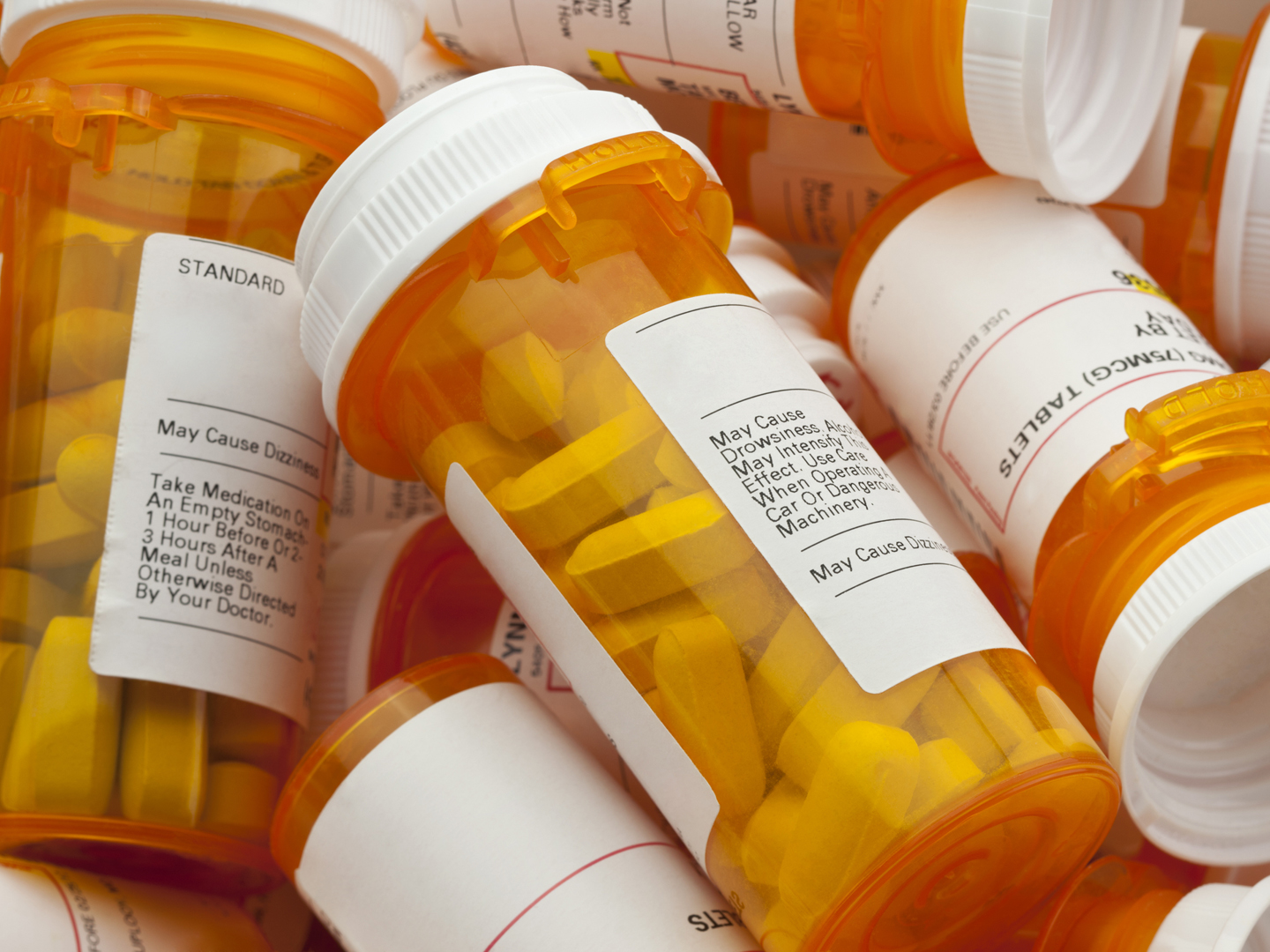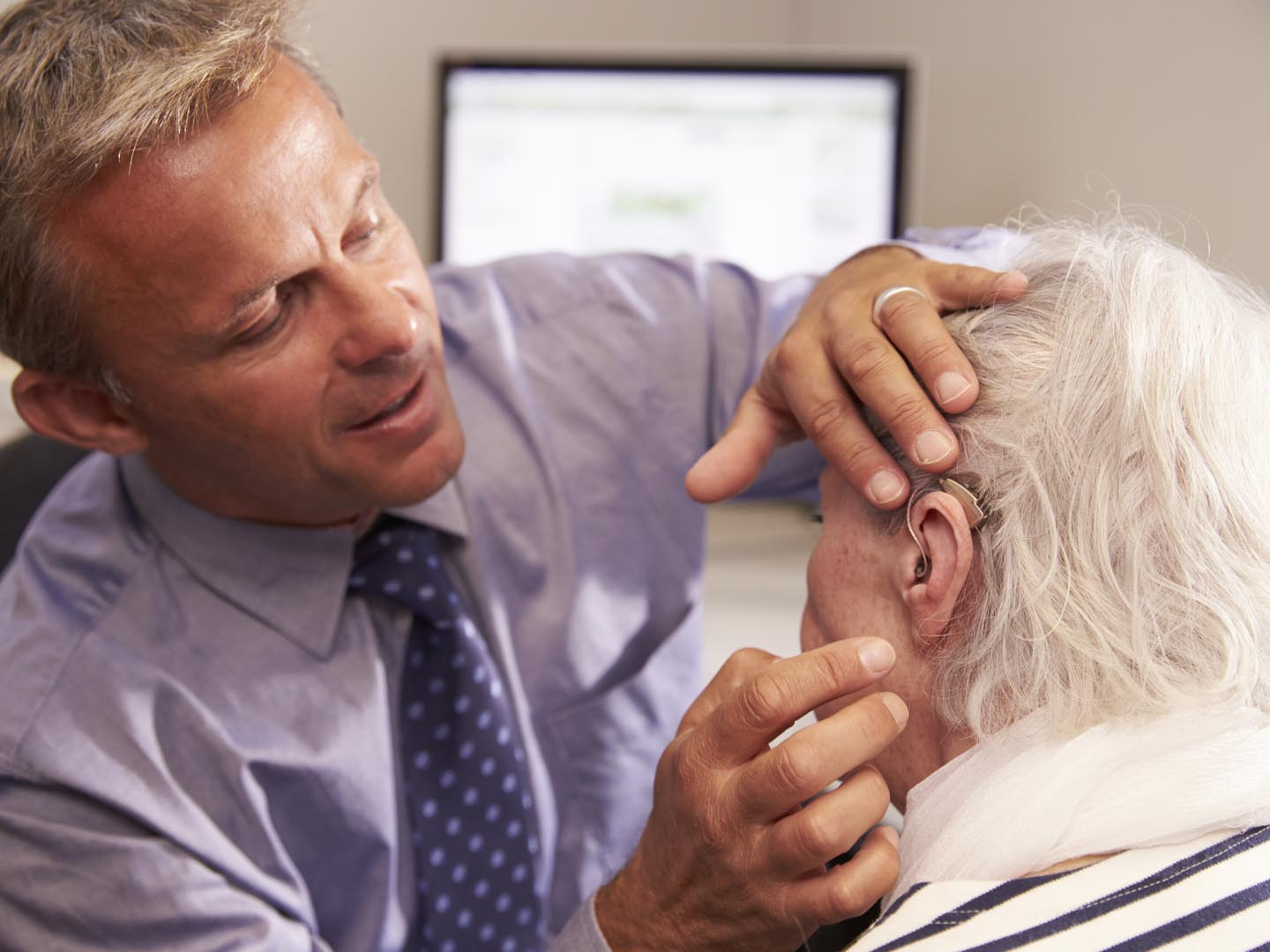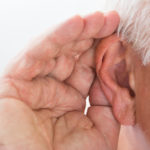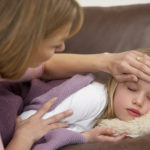Hearing Aid Alternative?
Can you tell me anything about “personal sound amplification products” that I’ve read can work as well as hearing aids but aren’t as expensive. I need a hearing aid but can’t afford one.
Andrew Weil, M.D. | September 21, 2017
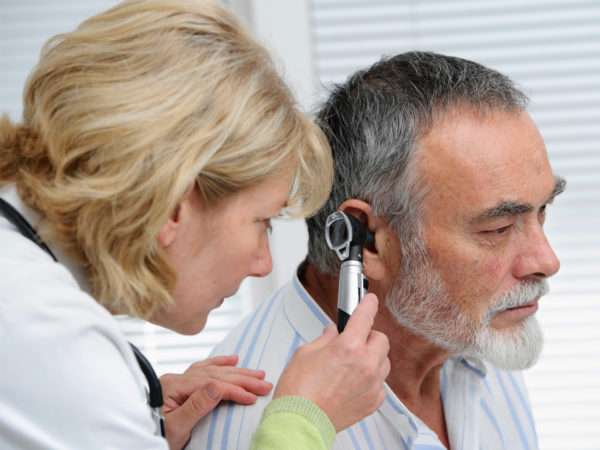
As we get older, hearing loss can become a significant problem, affecting more than 45 percent of seniors age 70 to 74 and more than 80 percent of those older than 85. Unfortunately, good hearing aids are expensive, averaging $3,000 to $6,000 for a pair, and Medicare and most health insurance policies don’t cover the cost. These prices may explain why only about 20 percent of people who need hearing aids have them. A considerable portion of the cost is for the services of the audiologists who test hearing, counsel patients and fit the devices.
Unlike hearing aids, personal sound amplification products (P.S.A.P.s, referred to as “PEE-saps”) are sold over the counter. They’re classified as “wearable electronic products,” meant for people whose hearing isn’t what it used to be but not bad enough to warrant a hearing aid. Manufacturers are legally barred, however, from claiming that PSAPs help deal with hearing loss.
The latest on these devices comes from a Johns Hopkins University study that tested 5 PSAPs against no hearing aid at all and a $1,910 hearing aid. Results showed that the 42 seniors (average age 72) who tested the devices were able to hear 77 percent of what was said over background babble without a hearing aid. They were able to hear 88 percent with a hearing aid and between 81 and 87 percent of what was said while wearing one of 4 of the PSAPs (Sound World Solutions CS50+, Soundhawk, Etymotic Bean and Tweak Focus). Using the fifth PSAP, the MSA 30X Sound Amplifier, which costs $30, the participants heard only 65 percent of what was said; this device actually distorted sounds. The cost of the 4 PSAPs that proved almost as good as the hearing aid ranged from $270 to $350. The downside of this alternative is that some audiologists may refuse to fit you for a PSAP, meaning you may be on your own if you buy one.
The FDA regulates hearing aids as medical devices, and federal and state regulations require that they be provided by an audiologist, physician or other licensed dispenser. This may change if recent recommendations from the President’s Council of Advisers on Science and Technology are adopted. In a 2015 report, the Council described hearing aid prices as too high and the pace of innovation by manufacturers as “conspicuously slow”; it proposed steps to make the devices more effective and affordable.
If you’re having hearing problems, I recommend having your hearing tested before investing in one of these new products or a hearing aid. It’s prudent to rule out causes other than age-related hearing loss.
Andrew Weil, M.D.
Sources:
Frank R. Lin et al, “Personal Sound Amplifiers for Adults with Hearing Loss.” The American Journal of Medicine, March 2016, DOI: dx.doi.org/10..1016/j.amjmed2015.09.014
Nicholas S. Reed et al, “Personal Sound Amplification Products vs a Conventional Hearing Aid for Speech Understanding in Noise.” JAMA, July 4 2017, DOI: 10.1001/jama.2017.6905


